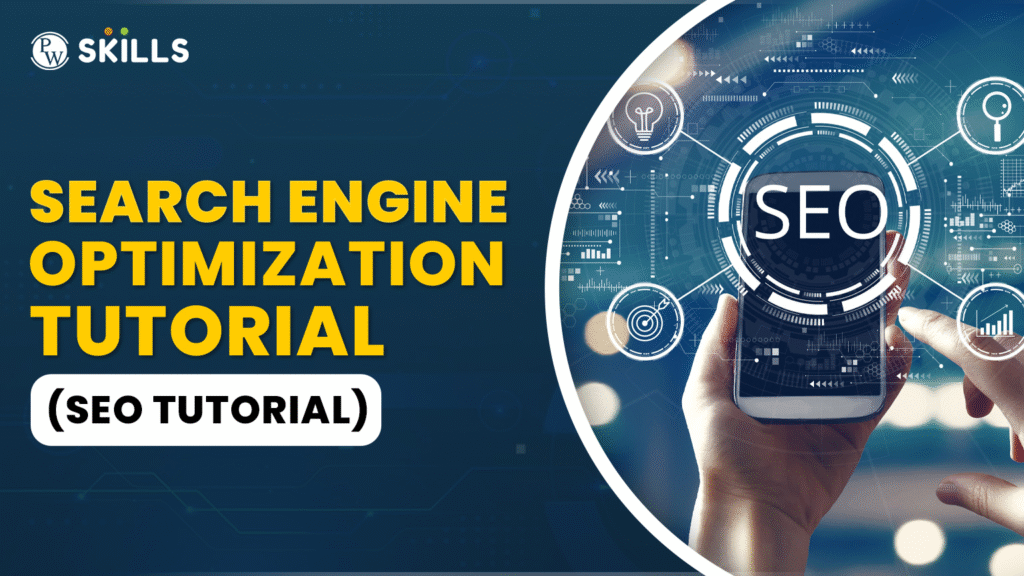As more businesses expand beyond their local markets, global visibility has become a key driver of digital growth. Companies today are no longer competing only locally—they must also attract customers from different countries, languages, and cultures. This is where INT SEO, short for international SEO, becomes essential.
INT SEO ensures that your website is seen, understood, and trusted by audiences around the world. It goes beyond translation and requires a strategic blend of technical SEO, cultural adaptation, language targeting, and global search engine optimization. This comprehensive guide will walk you through everything you need to know about INT SEO and how to implement it effectively.
What Is INT SEO?
INT SEO, also known as international SEO, is the process of optimizing a website to rank in multiple countries and languages. It ensures that search engines deliver the right version of your site to the right user, depending on their:
- Location
- Language preferences
- Cultural behaviors
- Search engine usage
In essence, INT SEO helps websites become globally discoverable while providing a localized and relevant user experience.
Why INT SEO Matters in Today’s Digital World
The internet has become a global marketplace, and consumers increasingly expect localized content. Over 65% of users prefer to buy from websites offering information in their own language, and companies with strong international optimization earn significantly more global traffic.
Here’s why INT SEO is essential:
1. Access to Massive Global Markets
Businesses can reach millions of potential customers across continents without opening physical stores.
2. Higher Trust and Engagement
Localized content makes users feel understood, which increases engagement and conversions.
3. Competitive Advantage
Brands using INT SEO can outrank global and local competitors who rely solely on generic or translated content.
4. Lower Cost Compared to Paid Ads
Organic traffic delivers long-term global visibility without the huge budgets required for worldwide ad campaigns.
Core Elements of a Strong INT SEO Strategy
1. International Keyword Research
Simply translating keywords is not enough. INT SEO requires identifying:
- Local search vocabulary
- Cultural variations in search terms
- Regional spelling differences
- Local search intent
For example:
- “Car hire” (UK) vs. “car rental” (US)
- “Holidays” (UK) vs. “vacations” (US)
- “Sneakers” (US) vs. “trainers” (UK)
Accurate keyword research ensures your content resonates with each target market.
2. Website Structure for INT SEO
A proper structure tells search engines which countries and languages you serve. You can choose from:
A. Country Code Top-Level Domains (ccTLDs)
example.fr, example.jp
- Highest trust for local audiences
- Ideal for long-term global expansion
B. Subdomains
fr.example.com
- Easier to manage
- Works for multi-language portals
C. Subdirectories
example.com/fr
- Best for sharing domain authority
- Fast implementation and cost-effective
Choosing the right structure is crucial to your overall INT SEO success.
3. Hreflang Tags
Hreflang tags are one of the most important elements of INT SEO. They tell search engines what language and region each page is targeting.
Example:
hreflang=”en-us” for U.S. English
hreflang=”en-gb” for U.K. English
These tags prevent duplicate content issues and ensure users see the most appropriate version of your site.
4. Localized Content Creation
Localization goes beyond translation. INT SEO requires:
- Adapting tone and communication style
- Using regional idioms and cultural references
- Converting currency, measurements, dates, and formats
- Tailoring product recommendations
- Aligning imagery and design to local preferences
Localized content strengthens brand trust and improves user experience.
5. Technical Optimization for Global Performance
A successful INT SEO plan ensures your website loads quickly and performs well globally.
Key technical elements include:
- Using a CDN for fast global delivery
- Optimizing for mobile-first indexing
- Compressing images for faster load time
- Ensuring your CMS supports multiple languages
- Creating multi-language XML sitemaps
Technical excellence helps search engines properly index your global content.
6. Regional Link Building
Link building remains a major ranking factor in INT SEO. To succeed in each market, you must acquire backlinks from:
- Local news outlets
- Regional bloggers
- Niche influencers
- Country-specific directories
- Community forums
Local backlinks significantly increase your domain’s relevance and authority.
7. Targeting Regional Search Engines
Google dominates globally, but several countries rely on their own platforms. INT SEO includes optimizing for:
- Baidu in China
- Naver in South Korea
- Yandex in Russia
- Bing in Western countries
Each search engine has its own algorithm and ranking factors, requiring tailored optimization.
Challenges in INT SEO (And How to Overcome Them)
1. Duplicate Content Across Languages
Improper use of hreflang tags can create duplicate pages. Correct tagging solves this issue.
2. Cultural Misunderstandings
A phrase or visual element that works in one country may offend another. Cultural research is essential.
3. Managing Multiple Language Versions
Creating and updating content across several languages requires efficient workflows and experienced translators.
4. Regional Technical Restrictions
Some countries have different privacy laws (e.g., GDPR in Europe). Compliance is mandatory.
5. Inconsistent Brand Voice
Localization must balance cultural differences while maintaining consistent brand messaging.
How to Measure INT SEO Success
Effective INT SEO requires ongoing measurement. Here’s what to track:
- Organic traffic by region
- Conversions per country
- Keyword rankings in each language
- Bounce rate and dwell time
- Engagement metrics
- Sales from international markets
- Global backlink growth
Clear metrics help refine and expand global SEO efforts.
Future Trends in INT SEO

1. AI-Powered Localization
AI will improve translation speed, but human oversight will remain essential for cultural accuracy.
2. Voice Search Optimization
Voice search differs across languages and accents, influencing future optimization strategies.
3. Video and Image Search Growth
Visual content is becoming crucial for global ranking.
4. Hyper-Personalized Experiences
Localized user journeys will become standard for global brands.
5. Zero-Click Search Results
Optimizing for featured snippets will play a bigger role worldwide.
Conclusion
A strong INT SEO strategy is essential for any business aiming to expand internationally. By understanding global search behavior, structuring your website properly, using hreflang tags, localizing content, optimizing technically, and building regional authority, your brand can achieve long-term visibility and trust in multiple markets.
INT SEO is not just a marketing tactic—it’s a powerful strategy for sustainable global growth.





